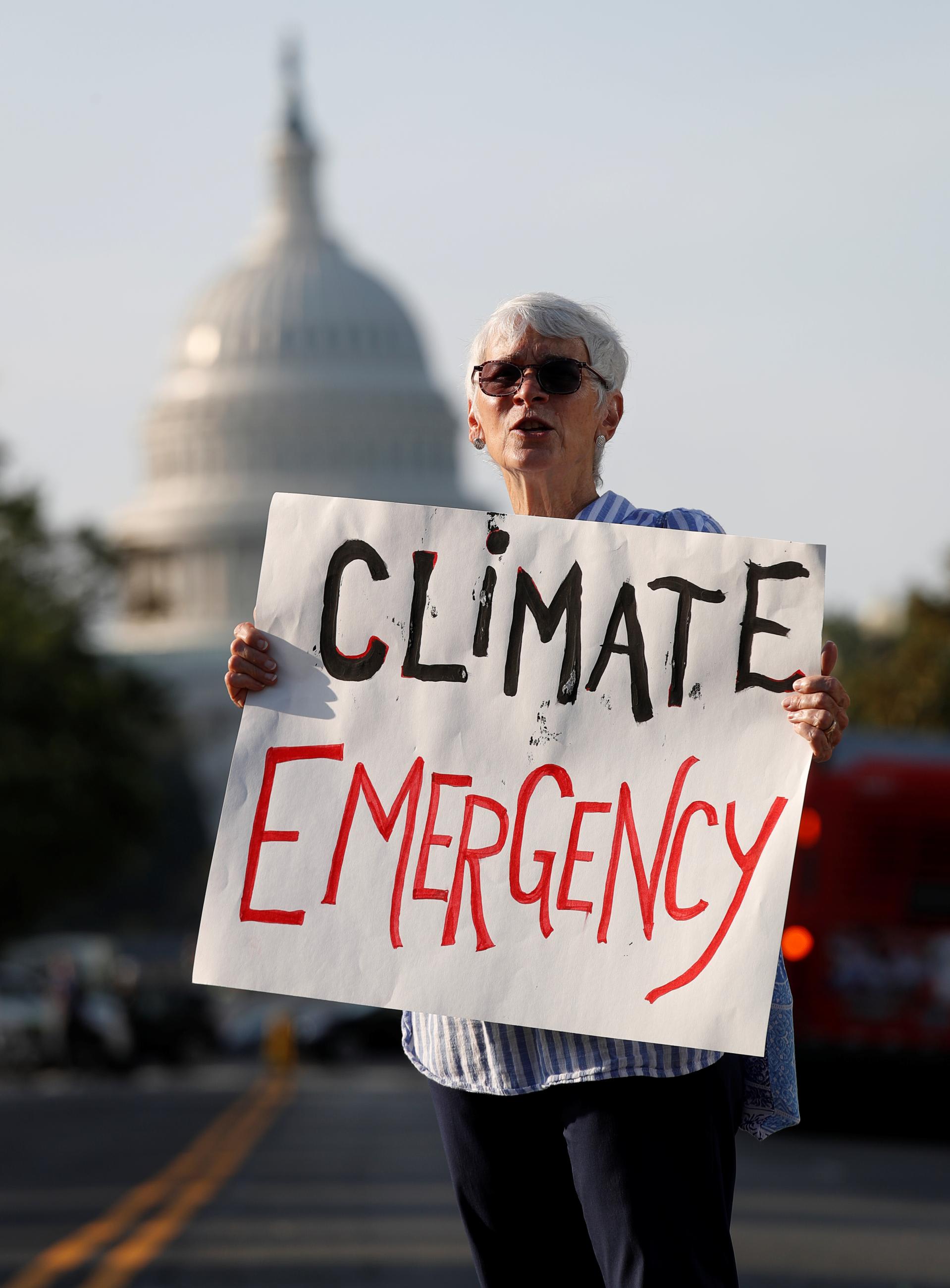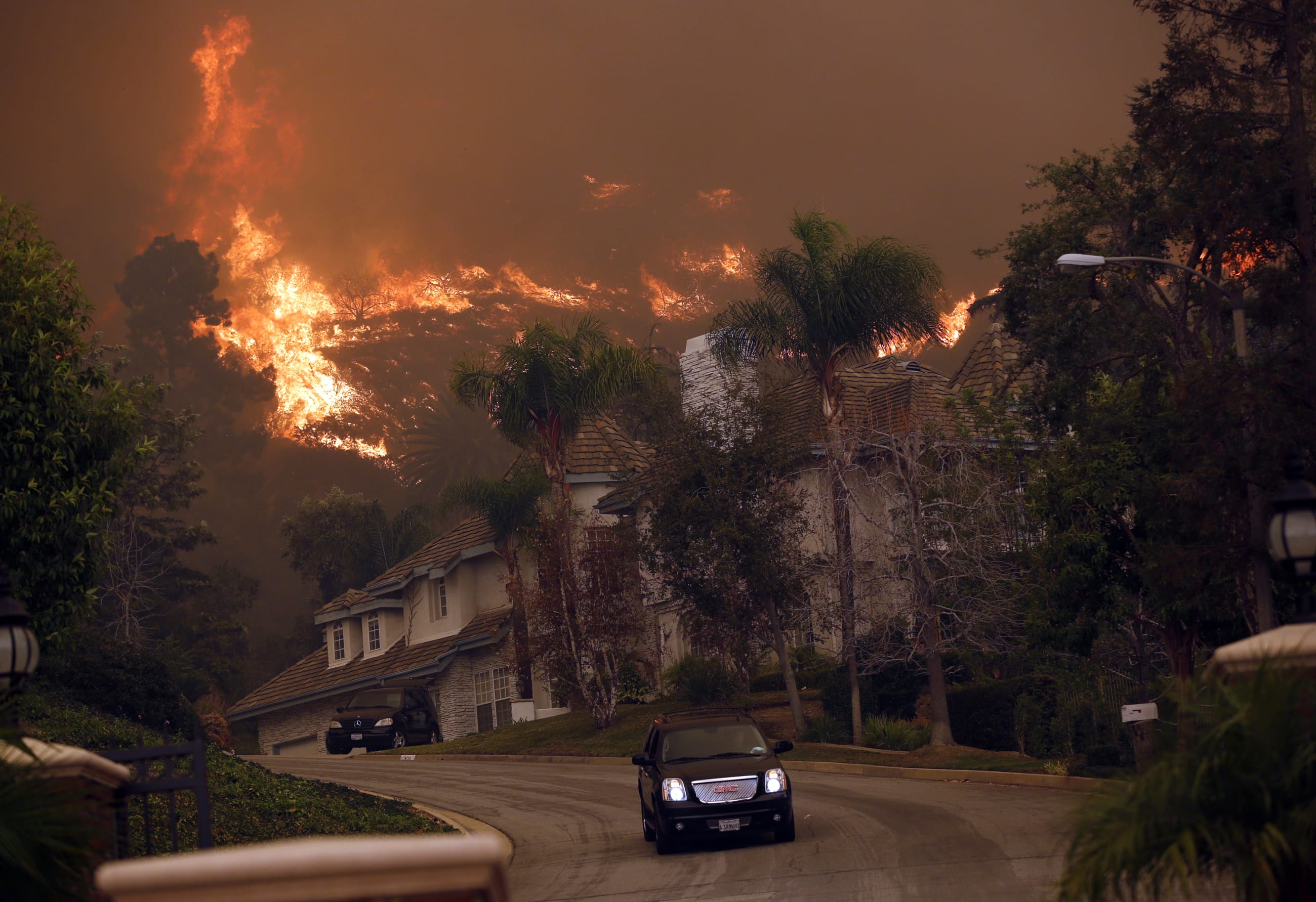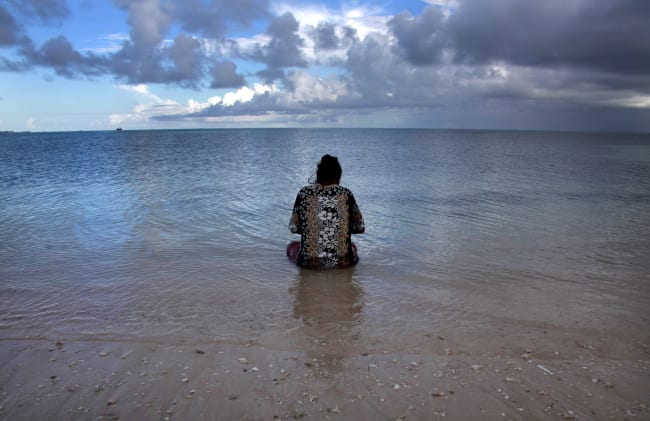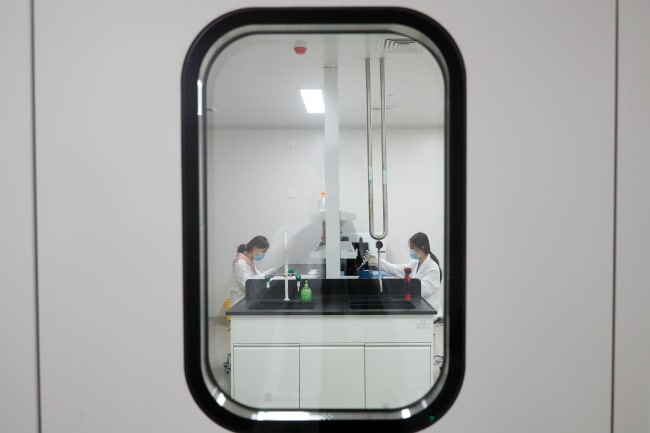Threats to health, well-being, and security are rising alongside global temperatures, but action on climate change is falling short. Despite policies designed to tackle climate change and increased media attention, 2023 was still the hottest year on record. The World Health Organization estimates that 99% of the world's population breathes unhealthy levels of particulate matter, which result from widespread pollution.
"Climate change is the biggest health issue of the twenty-first century. And a lot of people are not aware of that link," says Remy Shergill, strategic projects director and communications manager for the Climate and Health Alliance, an organization that represents health and medical professionals in Australia.
Tackling the intertwined issues of climate change and health requires a global shift in behavior. To avoid the worst impacts of climate change, nations need to work together to limit the increase in the world's average temperature to 1.5 degrees Celsius. This will require that governments reduce their emissions and make fundamental changes to policy from the top down.
Climate change is the biggest health issue of the twenty-first century. And a lot of people are not aware of that link
Remy Shergill, Climate and Health Alliance
Meanwhile, climate action can also come from the bottom up. How climate change is talked about in society affects how people think and, ultimately, how people respond. What is the best way to talk about climate change in a way that inspires broad climate action?
Scientists have begun to explore the question of what motivates climate action—defined as beliefs and actions to reduce the impact of climate change on the planet—and how that differs from motivating other behaviors, such as quitting smoking or eating healthier foods.
A new mega-study by cognitive behavioral neuroscientist Kim Doell and hundreds of other researchers has started to do just that. The study examines how more than 59,000 people from 63 countries responded to 11 behavioral interventions, which included asking participants to write a letter to future generations, stirring negative emotions and appealing to working together.
The scientists looked at how those interventions influenced certain climate beliefs and actions, such as showing support for climate policies, sharing information on social media, or completing a task that resulted in trees being planted.
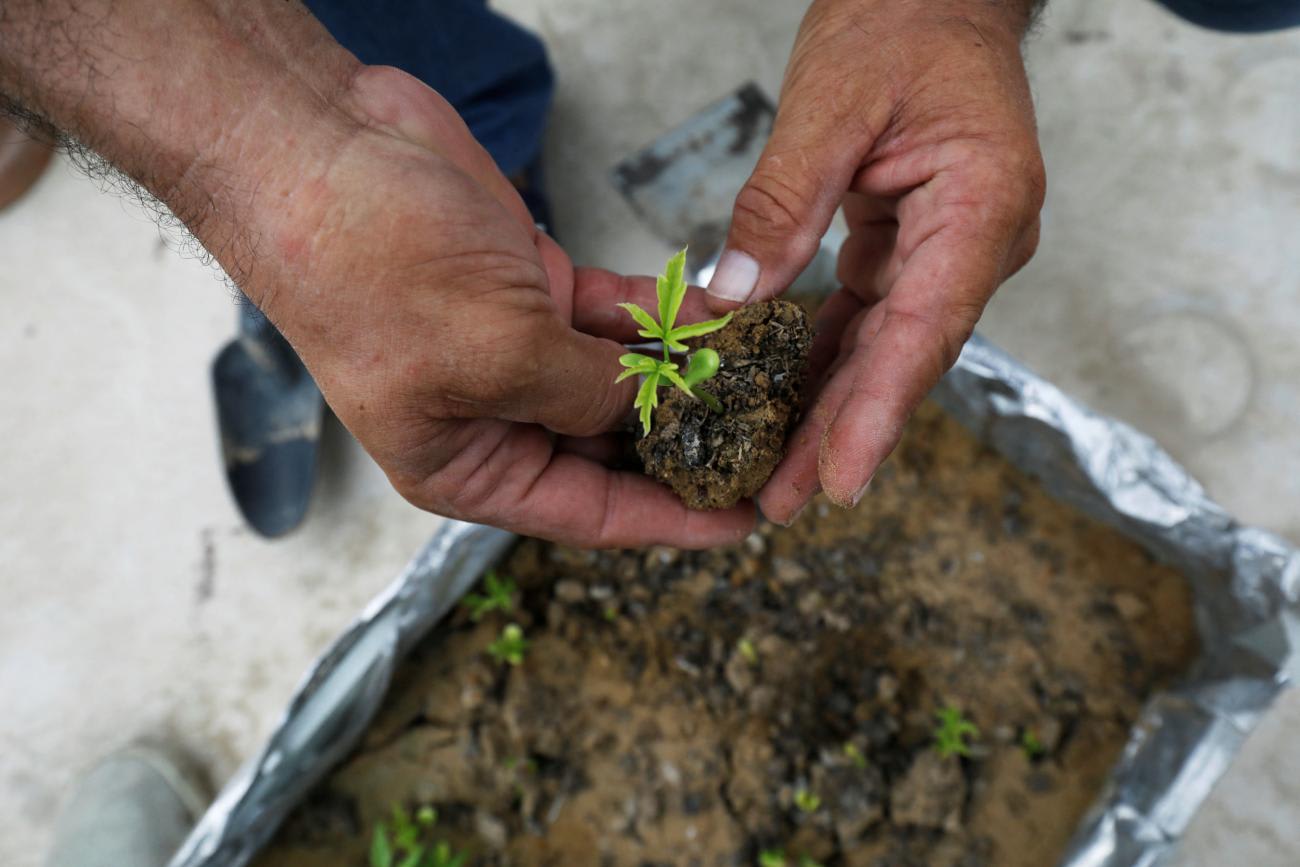
This study, Doell says, is the first step to better understanding when, where, in what contexts, and for whom these interventions work or backfire.
Results showed that motivating people to act on climate change requires messaging tailored to the audience in question. Users can explore the study's results broken down by demographics in an interactive database.
For example, when looking at the results from Chile and Peru, the data suggests that scientific consensus is the most effective way to influence people's climate change beliefs. Globally, it's a different story, showcasing issues that are regional and timely is the most effective way to change people's beliefs, whereas scientific consensus falls to No. 6 of the 11 interventions.
In practice, Shergill also emphasized the importance of considering one's role and audience when communicating climate messages. "Before you even start talking, the most important thing is to take stock of who you are and who your audience is and what your purpose is."
When Shergill advises health professionals, she tells them to stick to climate change as a health issue—an area in which they have the authority to comment. Health professionals should use their expertise in the medical field to illustrate the impact that climate change is having on their patients' and community's health, for example.
Making climate change feel urgent and tangible is also necessary for climate action
Making climate change feel urgent and tangible is also necessary for climate action. When people feel psychologically distant from an object or event, they are less likely to care—and less likely to act. Storytelling plays an important role in making climate change feel real and immediate.
When it comes to an Australian audience, Doell's study found that decreasing psychological distance was the most effective way to communicate and influence people's climate change beliefs. "Climate change really predicts malaria, but that's not relevant to an Australian audience," Shergill says. "So we talk much more about extreme heat, bushfires, changes to agricultural yields, things like that."
When talking about climate change, communicators should tap into what people value—such as wanting to protect wildlife, having their children see the Great Barrier Reef, or playing sports outdoors in the summer without the extreme heat or in the winter, Shergill recommended. "Chances are, you don't care because you have an inherent understanding of what 2 degrees Celsius means."
Tapping into values that have been traditionally overlooked has also sparked action among people who have felt excluded from the climate action movement. "Activist groups are contesting dominant ways of understanding climate change," says Hanna Morris, assistant professor at the University of Toronto's School of the Environment. They connect around and showcase the experiences, expertise, and needs of various groups.
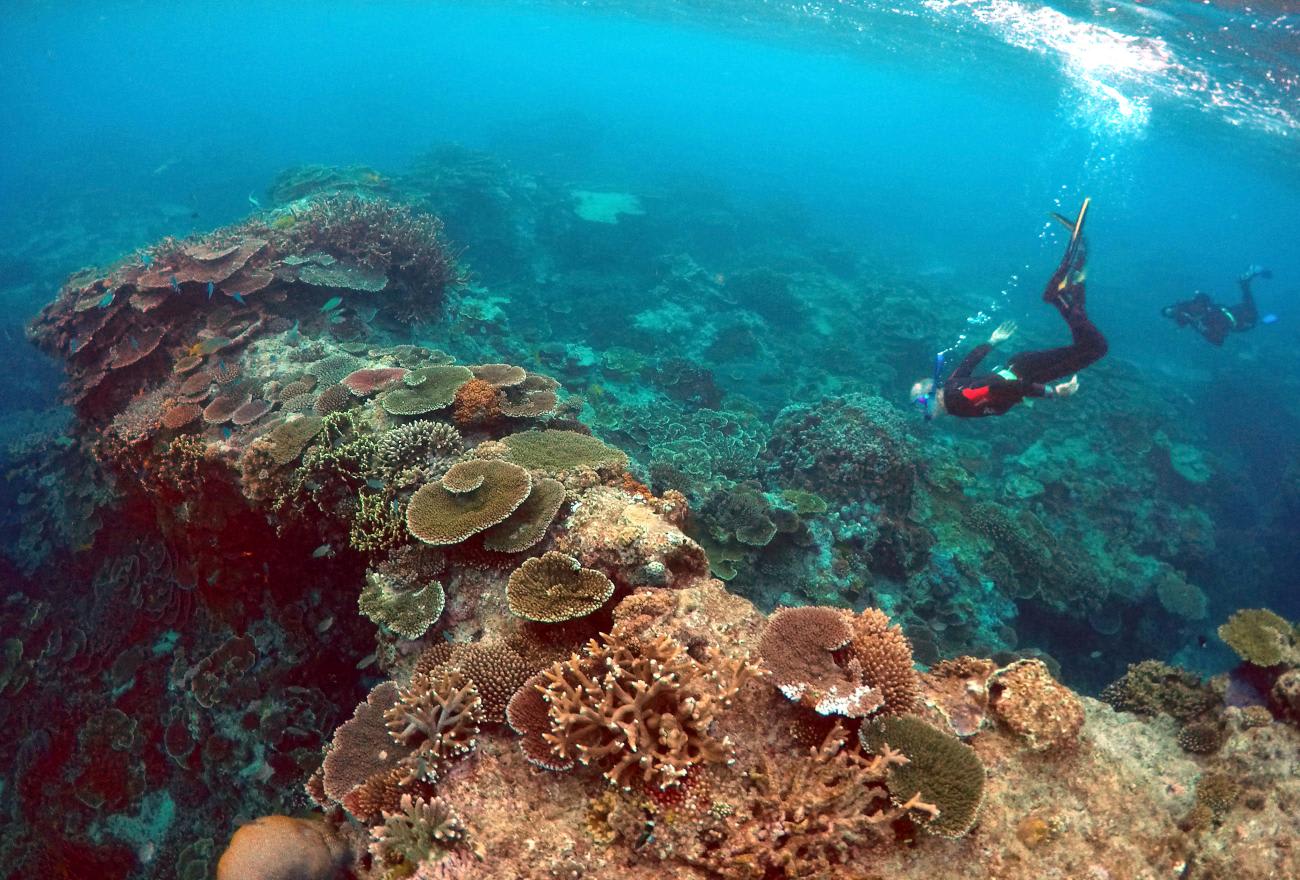
Encouraging conversation about climate change is critical too. Even though a report from the Yale Program on Climate Change Communication found that 72% of Americans think global warming is happening, 65% rarely or never talk about it with their family and friends. That lack of dialogue can be isolating—or psychologically distancing.
"There's a breakdown of social ties," says Morris. "So, now it's [about] trying to figure out how to bring people together and communicate in a way where it leads to collective action, organizing, and political change."
Stronger feelings of hope, one study found, were also correlated with a greater intention to act than other feelings, such as boredom, were. Morris also found that hope acts like a connector between people—it shows us that other people out there care about climate change and that we can do something about it.
Doell did find that participants who read doom-and-gloom news were most likely to share the information on social media, but that that did not translate to real-life action. "People may already feel like they've done their job by contributing online instead of engaging elsewhere," she says.
Doell and her colleagues found in their mega-study that posting on social media made it less likely for people to engage in behaviors that require more effort, such as planting, donating, and other actions.
Posting on social media made it less likely for people to engage in behaviors that require more effort
The systems society uses to communicate also present a challenge for the broader public action. Social media algorithms, for example, tend to promote negative content, which dampen people's willingness to act. Researchers have suggested that designing algorithms that prioritize content that promotes more real-world engagement could counteract the desire to post without further action.
For journalists, publication guidelines that emphasize the importance of context, diverse perspectives, and a way forward could help inspire broader change, says Morris, who has a forthcoming book on how journalism as an institution reports on climate change.
Explaining the deep context of how humanity has ended up in a rapidly warming world, including the decisions that were made and the results they have had, could be an important tool, Morris says. So would highlighting how the world would look if different decisions were made.
Motivating people to act on climate may seem daunting, but Doell's research shows that many strategies to do it exist.
However, "It seems like there is no one universal magic bullet," Doell says. "And as much as I would love to give one answer to this, unfortunately, human beings are incredibly complicated."
